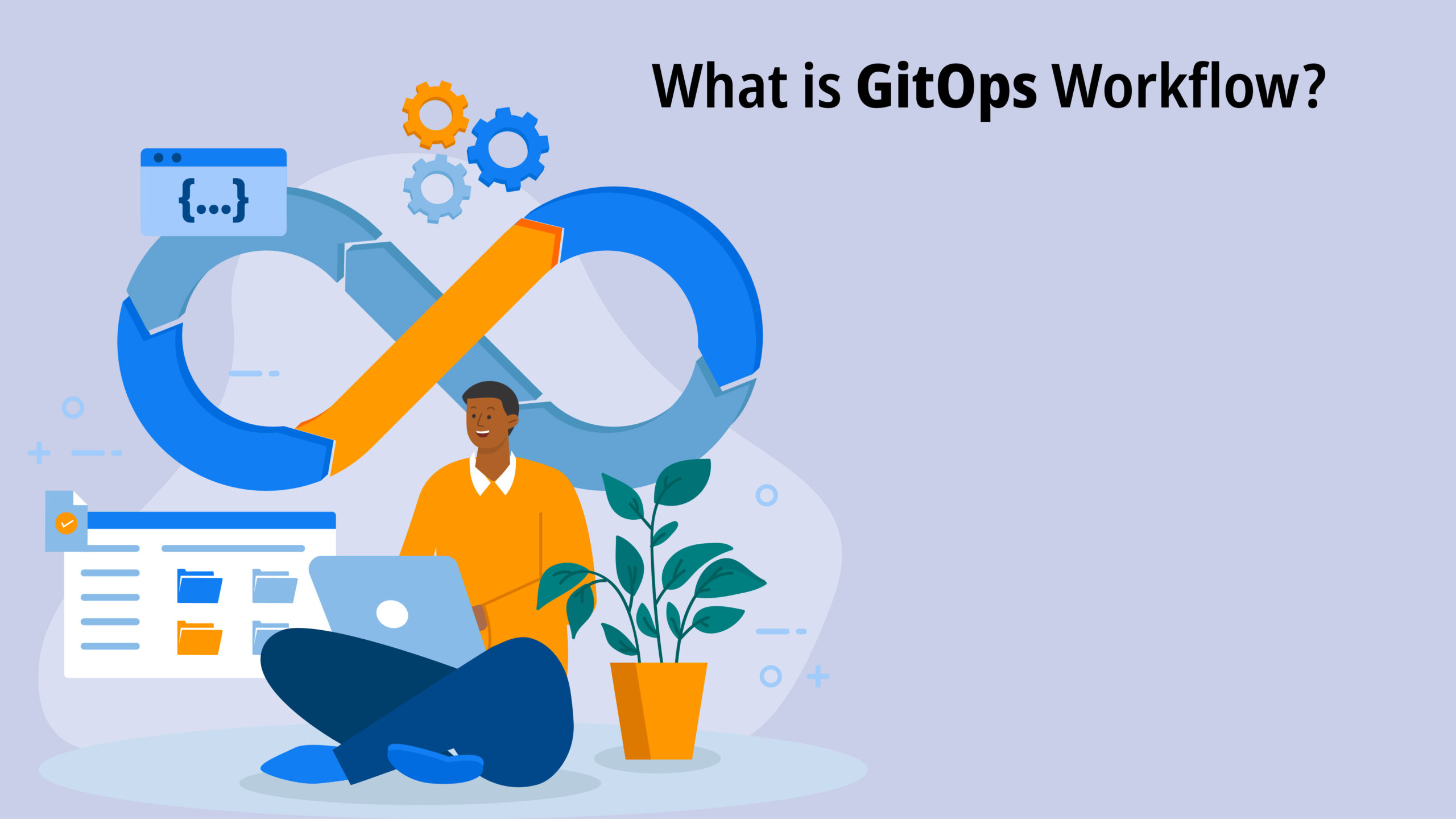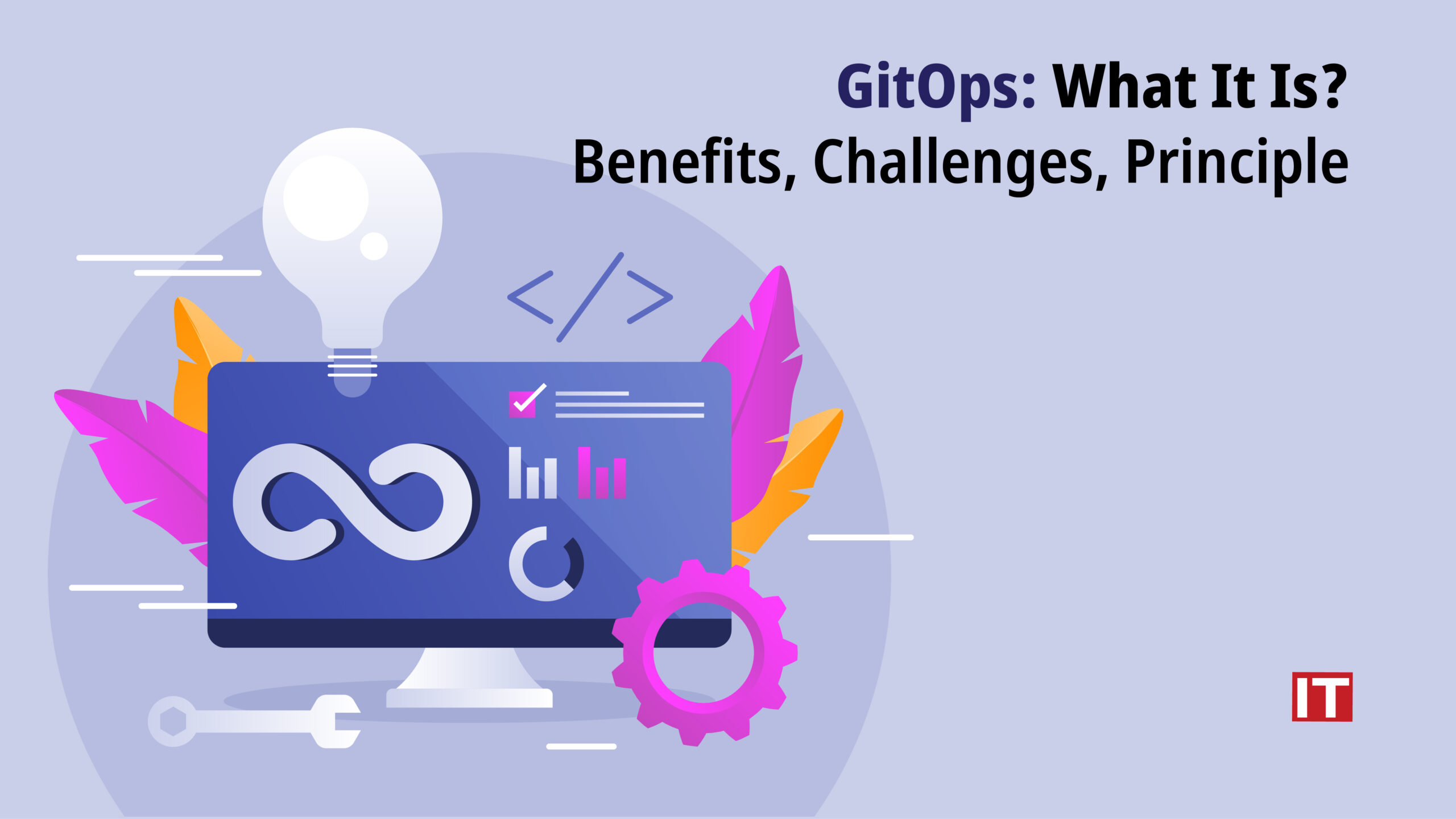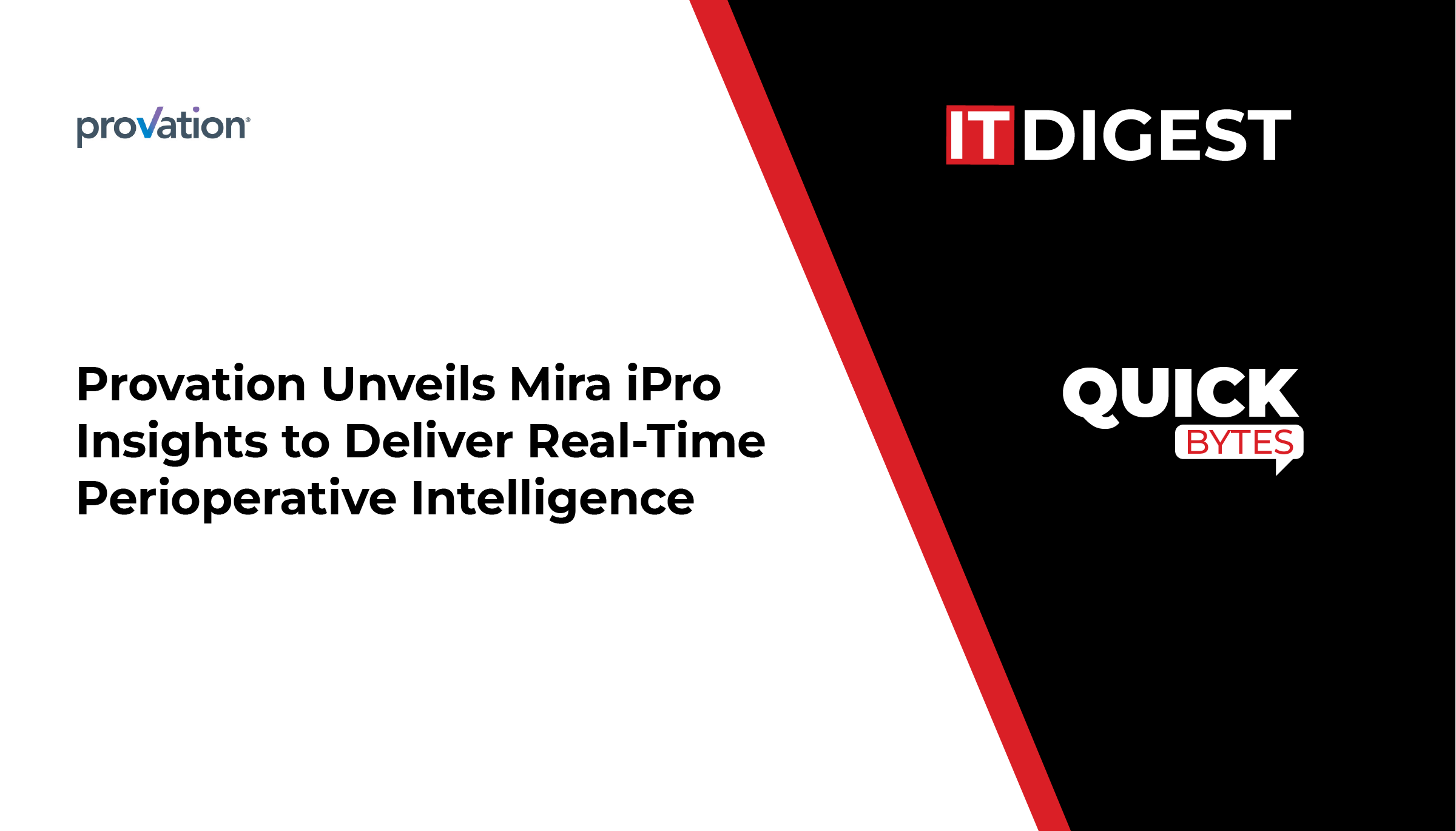Although GitOps is frequently seen as a cutting-edge strategy, it has long been a mainstay in the tech sector for tasks like infrastructure automation, continuous deployment, and system administration. GitOps methods and tools have been used for more than a year by 60% of respondents to the CNCF study. This demonstrates how GitOps has been incorporated into many enterprises’ processes with ease, demonstrating its dependability and efficiency in managing intricate systems and automating routine activities. We’ll learn more about GitOps’ advantages and the factors that led to its widespread adoption as we discuss it further.
What Is GitOps?
GitOps (Git Operations) is an operational framework based on DevOps practices like CI/CD and version control that automates infrastructure and deploys software. It lets developers store the desired state of their infrastructure and use it to automate operational tasks. It is a set of practices applied from day one of the development workflow to deployment.
GitOps is a developer-centric approach that uses tools developers are already familiar with. Developers already use Git for the application code – It extends this to application configuration, infrastructure, and operational procedures.
What Is The Principle Of GitOps?
 The foundation of this is a set of fundamental ideas that direct software system administration and operation. These concepts include employing automation tools to apply changes to the target environment, syncing the system with the Git repository continually, and storing the desired state of the system declaratively in a Git repository. Organizations can improve infrastructure and application configuration management’s efficiency, dependability, and traceability by implementing this. Git operations stress using Git as the only source of truth for the state of the system and is consistent with other DevOps methods.
The foundation of this is a set of fundamental ideas that direct software system administration and operation. These concepts include employing automation tools to apply changes to the target environment, syncing the system with the Git repository continually, and storing the desired state of the system declaratively in a Git repository. Organizations can improve infrastructure and application configuration management’s efficiency, dependability, and traceability by implementing this. Git operations stress using Git as the only source of truth for the state of the system and is consistent with other DevOps methods.
Also Read: What is DevOps Automation? 5 Best Practices for Better Scalability
Benefits of GitOps
- Efficiency and Automation: It automates infrastructure and deploys frequently. With Git as the source of truth, processes are streamlined, manual work is removed, and people are more productive. According to studies, Git Operations reduces lead times by empowering developers to work independently, which increases productivity and reduces lead times.
- Transparency and Collaboration: It uses Git repositories and pulls requests for infrastructure changes. That’s visibility, review, and auditing.
- Reliability and Stability: The desired state of the system is declared in Git, so the system converges to that state. That means downtime is reduced, rollbacks are fast, and it’s a dev and ops happy place.
- Version Control and Auditing: Git is version control, so there’s a history and you can revert if needed. That’s auditing and accountability for config changes.
- Security and Compliance: It enables enterprises to enforce compliance standards and security best practices. By lowering attack surfaces and improving overall system security, pull requests and code reviews are used to help find and fix security flaws.
- Scalability and Multi-Environment Management: This is an excellent choice for multi-cluster, multi-environment, and complex deployment management. It offers a scalable method for controlling deployments and configurations of infrastructure, which facilitates handling heterogeneous environments and scaling applications.
Decoding the Challenges
Any change is hard, and Git Operations is no exception. It’s a process change that requires discipline from everyone involved and a willingness to do things differently. Teams must write everything down.
Git operation enables collaboration, but that’s not natural for everyone or every organization. Developers make code changes, submit merge requests, an approver reviews and merges the changes, and the modifications are subsequently deployed according to the Git Operations approval process. That introduces a “change by committee” element to infrastructure, which can seem slow and painful to engineers who are used to making quick, manual changes. Everyone on the team must record what’s happening with merge requests and issues.
GitOps vs DevOps
Both the DevOps technique and the GitOps strategy are well-known in software development and operations, yet they differ greatly from one another. DevOps stresses integrating development and operations teams via a selected tool, whereas Git operations concentrate on controlling and deploying changes to infrastructure using Git as the single source of truth.
It depends on continuous synchronization and declarative configurations kept in Git repositories, whereas DevOps prioritizes automation and teamwork throughout the software development lifecycle. Although they can collaborate, Git operation is a more focused strategy within DevOps’ larger framework. Organizations can select the strategy that most effectively meets their objectives and demands by being aware of these distinctions.
What is GitOps Workflow?
 A methodical approach to managing software systems and infrastructure that uses Git repositories as the single source of truth is known as the GitOps workflow. It entails employing automation tools to continuously synchronize the system with the repository and storing the desired state of the system declaratively in a Git repository. The system converges on the desired state specified in Git when new code or configuration changes are merged into the repository and automatically deployed to the target environment.
A methodical approach to managing software systems and infrastructure that uses Git repositories as the single source of truth is known as the GitOps workflow. It entails employing automation tools to continuously synchronize the system with the repository and storing the desired state of the system declaratively in a Git repository. The system converges on the desired state specified in Git when new code or configuration changes are merged into the repository and automatically deployed to the target environment.
In line with contemporary DevOps practices, this workflow improves infrastructure and application configuration management’s effectiveness, dependability, and traceability. Organizations can promote automation and continuous improvement, expedite application deployments, and simplify operations by implementing the Git Operations methodology.
Uses Cases of GitOps
For Platform Engineers
It can be used by platform engineers to improve infrastructure management. Infrastructure configurations can be readily tracked, rolled back as needed, and maintained consistency across many environments by storing them in a Git repository. Additionally, it offers a mechanism for automated updates and deployments, which reduces manual labor and saves time.
GitOps with Kubernetes
It offers an efficient deployment management solution for teams delivering containerized apps on Kubernetes or other cloud-native environments. Because Git Operations is declarative, it fits in nicely with Kubernetes’ architecture, enabling it to automatically resolve discrepancies between the cluster’s actual state and the planned state as stated in Git. Complex Kubernetes deployments involving several clusters and environments are also managed.
End Note
GitOps is an effective method for managing infrastructure and software systems. Organizations can gain operational efficiency, transparency, reliability, and scalability by utilizing Git as the single source of truth. It enables teams to expedite deployments, improve communication, guarantee stability, and enforce security and compliance by fostering automation, collaboration, version control, and traceability. With its emphasis on continuous synchronization and declarative configurations, it enables enterprises to accomplish scalable, dependable, and effective infrastructure management and software delivery. Using this type of operation can boost overall operational excellence, decrease downtime, and increase productivity.

































